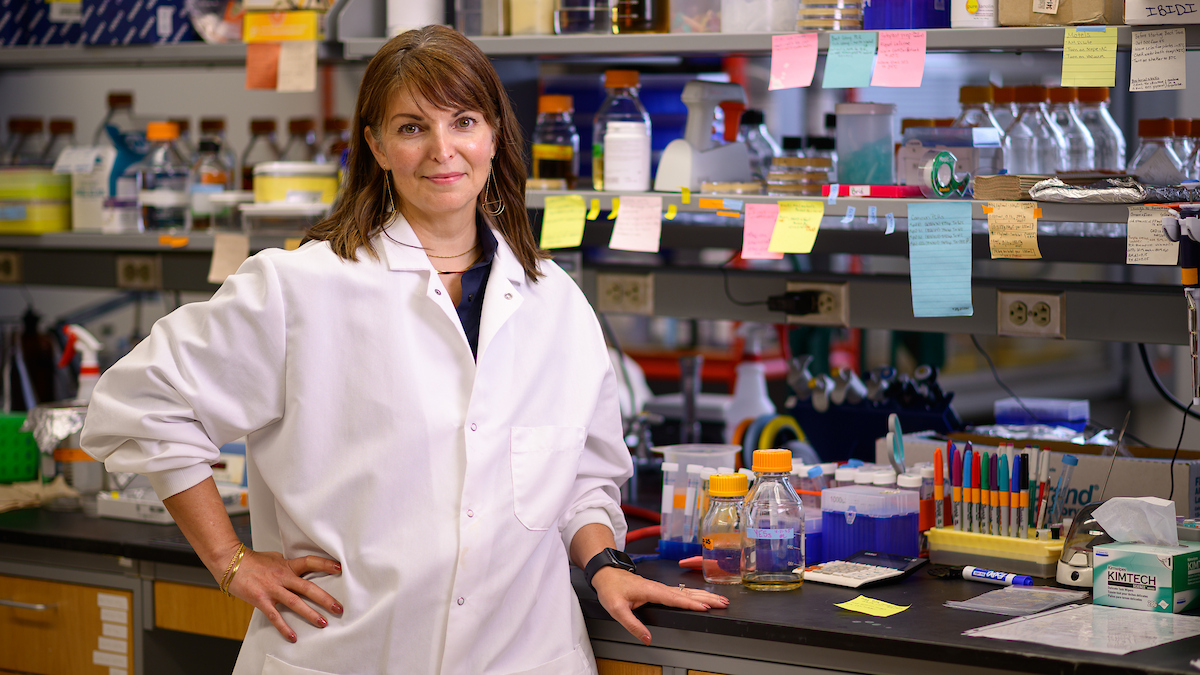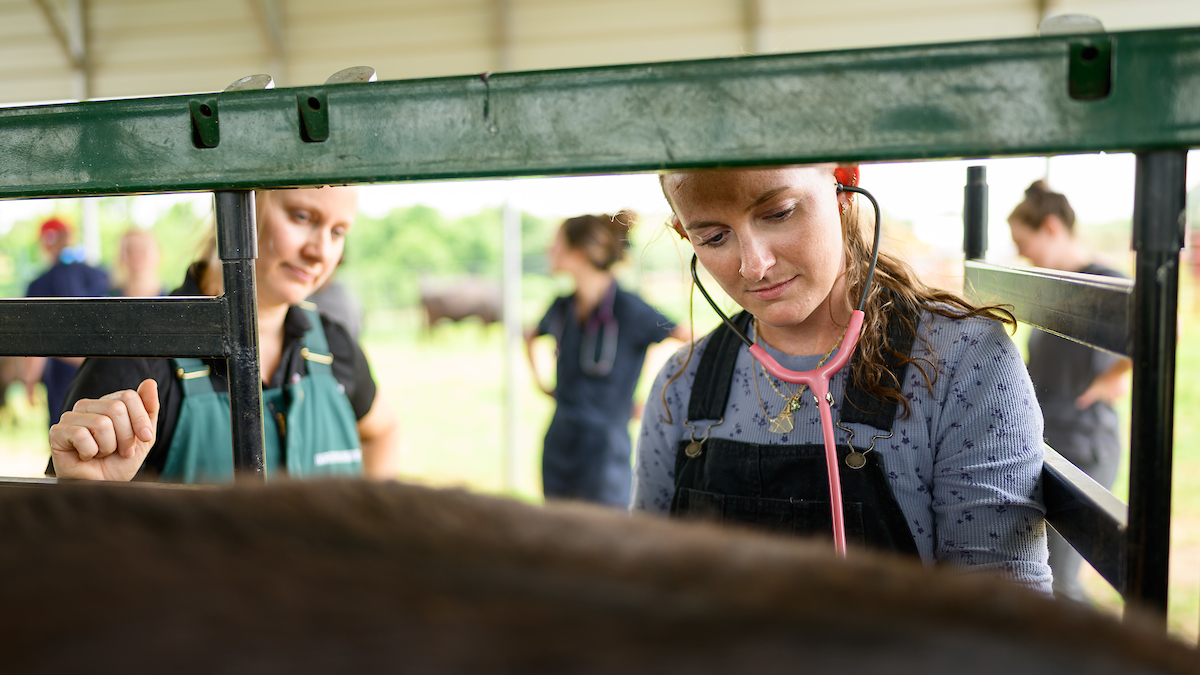NC State Expert Gets State Grant to Study How to Make Oysters Hardier
Dr. Tal Ben-Horin, an assistant professor of shellfish pathology, will use $200,000 from the NC Department of Environmental Quality to further his research into whether some oysters are more genetically prone to survive.
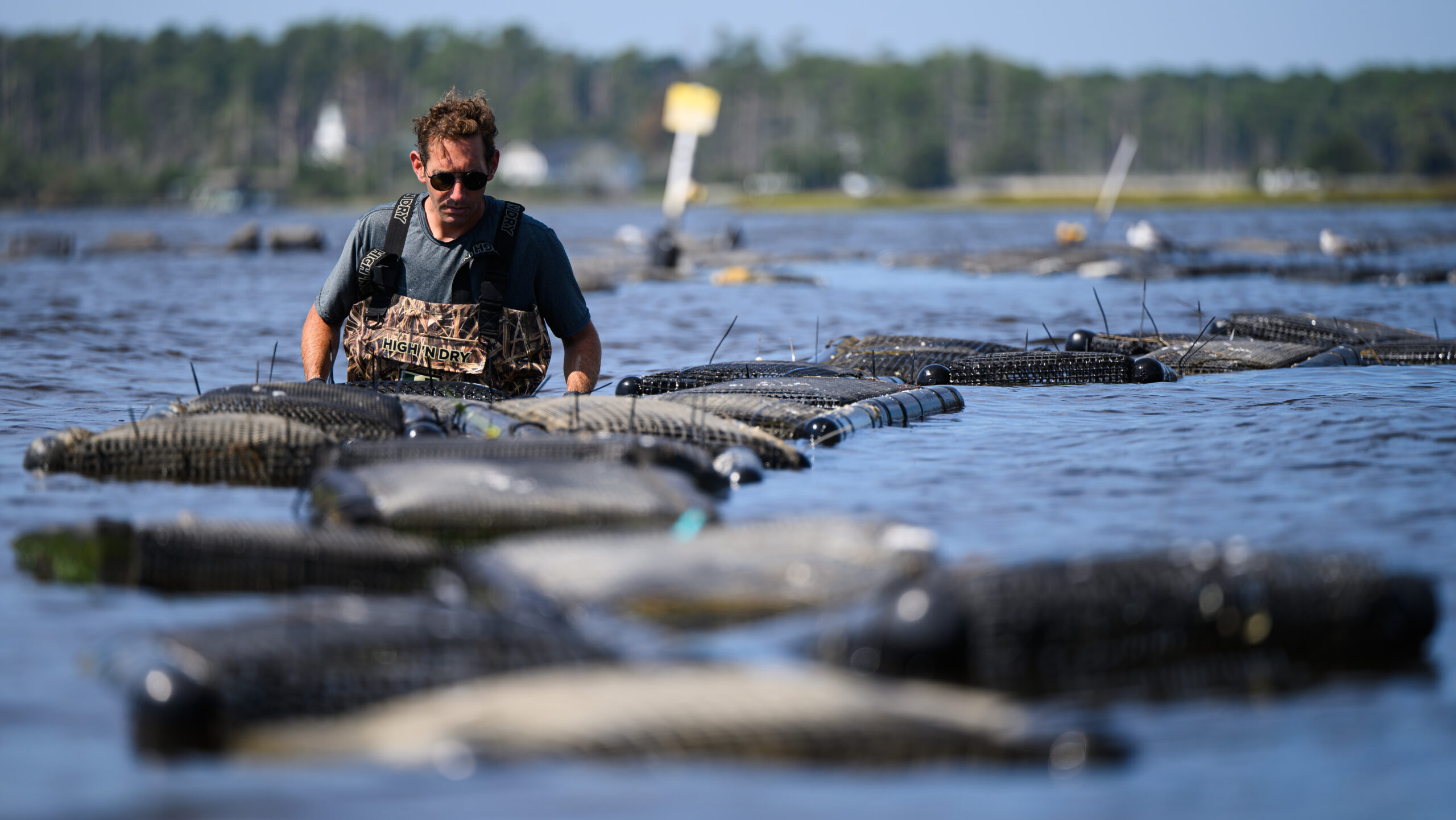
The NC Department of Environmental Quality has awarded Dr. Tal Ben-Horin, an assistant professor of shellfish pathology at the NC State College of Veterinary Medicine, a $200,000 grant to continue studying whether the genetic lines of farmed oysters that survive mass casualty events can be used to breed more resilient oysters.
The popular delicacies have become a $27 million aquaculture industry in North Carolina, and the DEQ has a goal of their becoming a $100 million industry by 2030. First, however, scientists need to understand why nearly entire oyster farms on the North Carolina coast keep dying en masse.
Since arriving at NC State in 2019, Ben-Horin has studied potential causes — including parasites, bacteria and genetics — for the fatalities. When he became curious about the oysters that survived, his team began plucking them from aquatic farms, studying their genetic makeup and culling their genetic lines in the hopes of using them to breed hardier oysters.
“We took the North Carolina lines that had survived a mortality event across multiple sites and started looking at this heritability question,” he says. “This money is going toward the hatchery work to produce those genetic lines, and then we’re going to deploy those genetic lines to our field sites and study them.”
North Carolina oyster farmers buy bags of seed oysters produced in regional hatcheries, a majority of them in Virginia, and transplant them into protected aquatic farms. Ben-Horin’s earlier research has shown that seed oysters sourced from North Carolina waters perform better than non-native ones.
For the current project, Ben-Horin, whose home base is the NC State Center for Marine Sciences and Technology in Morehead City, is working closely with the University of North Carolina-Wilmington’s Shellfish Research Hatchery, which is part of the DEQ grant.
The hatchery has taken the oyster survivors, created broodstock from the isolated genetic lines and then given the seed oysters to an industry hatchery to see how they progress.
“The industry sites produce the oysters just like they would on a commercial scale,” Ben-Horin says. “Sometimes they do great. Sometimes they see lots of mortality. We have a portfolio of lines that have been through a mortality event on these commercial farms.”
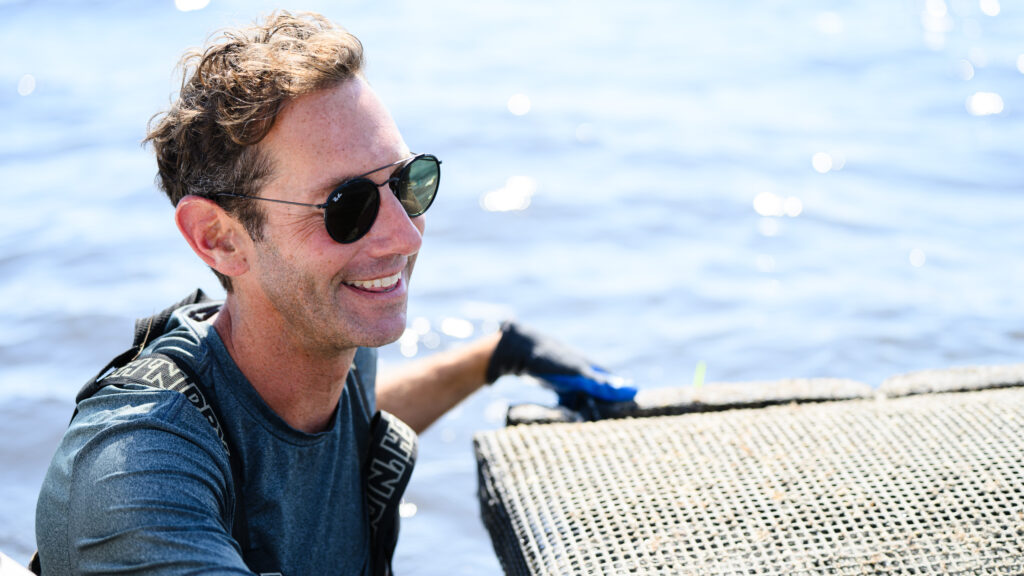

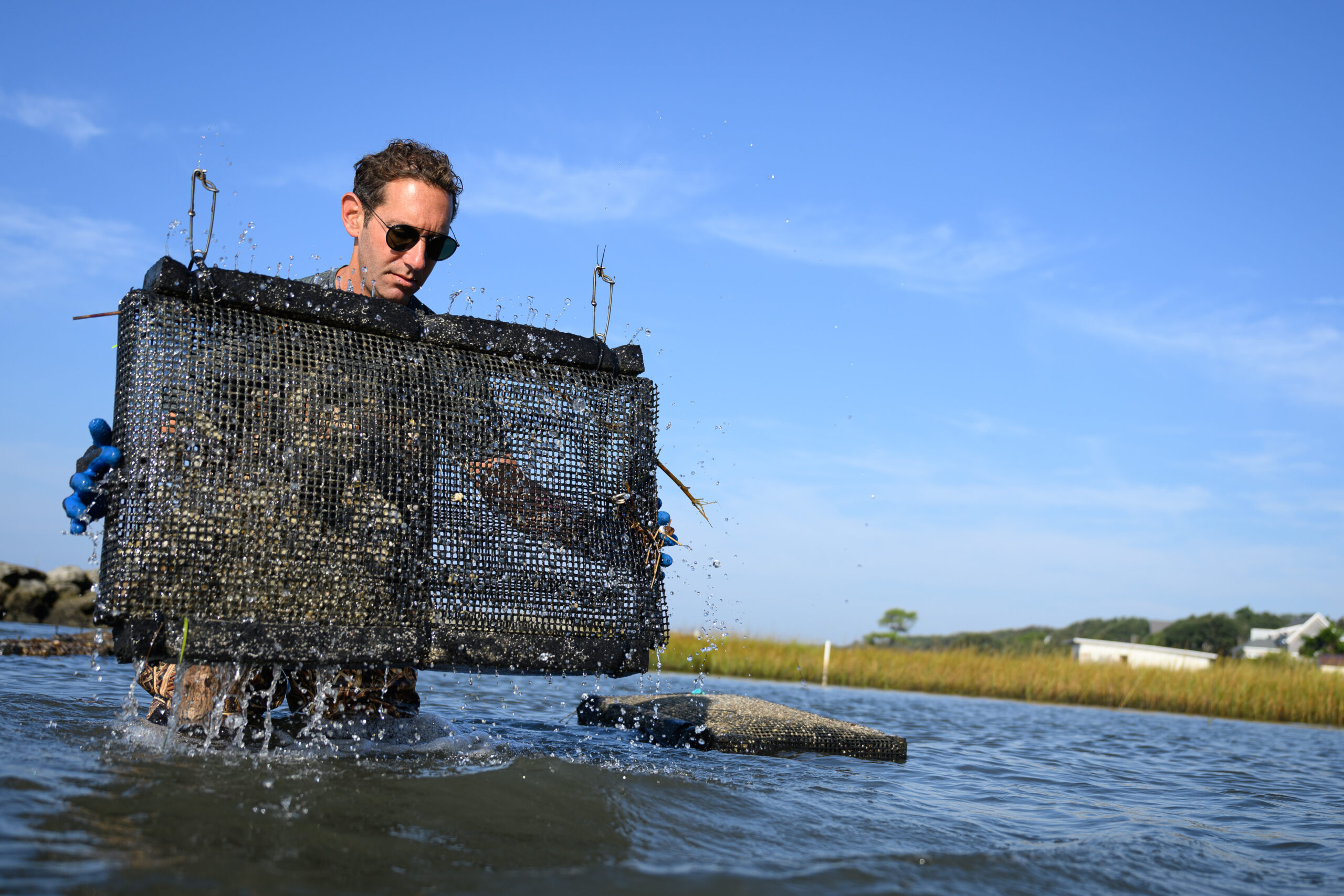
The lines that have survived multiple events are the ones showing the most promise.
“This leads us to think maybe we can select for resilience in some capacity,” he says. “Maybe we can select desirable traits through breeding and then use those in production.”
Overfishing in the early 1900s led to an overwhelming loss of natural oysters, but North Carolina still has a wild oyster industry that produces about 10 to 20% of its historical abundance, Ben-Horin says.
Adding to the recent challenges of keeping oysters alive are climate-change considerations including warmer water temperatures that allow bacteria to proliferate and fewer rain events, which increases salinity in coastal waters and estuaries.
The DEQ-funded study likely will take more than two years to complete. Ben-Horin is happy that the results will help the state grow its aquaculture industry, but it’s the science and the unanswered questions that motivate him and his students.
“It’s really hard not to get really excited about these questions about bacterial dysbiosis or like a microbial community that’s responding to the environment going out of whack, and how it changes, and what species are out competing, and any viruses that may be associated with that,” he says. “The applied question of how shellfish farmers are responding to mortality events and resources that we can provide for them is really important, but often the day-to-day science is equally important on a lot of levels.”
- Categories:
